
As the most biodiverse area on the planet, the Amazon rain forest is home to 10 percent of the planet's species. And no life form is more diverse than invertebrates, especially insects. A single square mile of rainforest often houses more than 50,000 insect species. It has been estimated to be around 2.5 million species of insects with 700 species of beetles discovered on just one tree. Do not forget spiders and scorpions: they are not insects, but also important residents in the jungle.
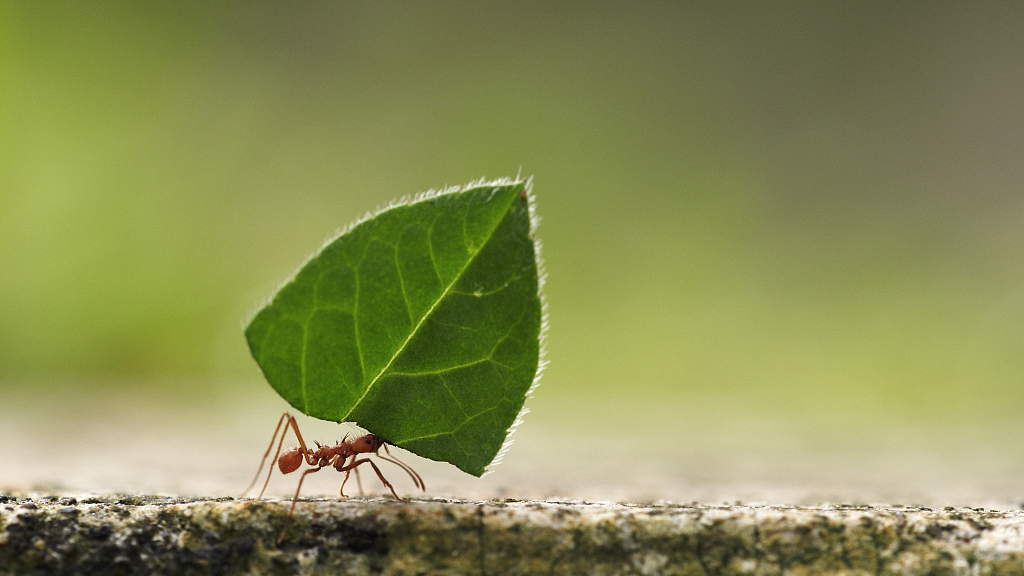
With their massive jaws, strong enough to pierce human skin, leaf-cutter ants are well equipped to tear away at vegetation. /VCG Photo

Not surprisingly, they have the distinction of being the primary consumer of vegetation in the Amazon rainforests, where their actions remove 15% of leaf production, according to WWF. /VCG Photo
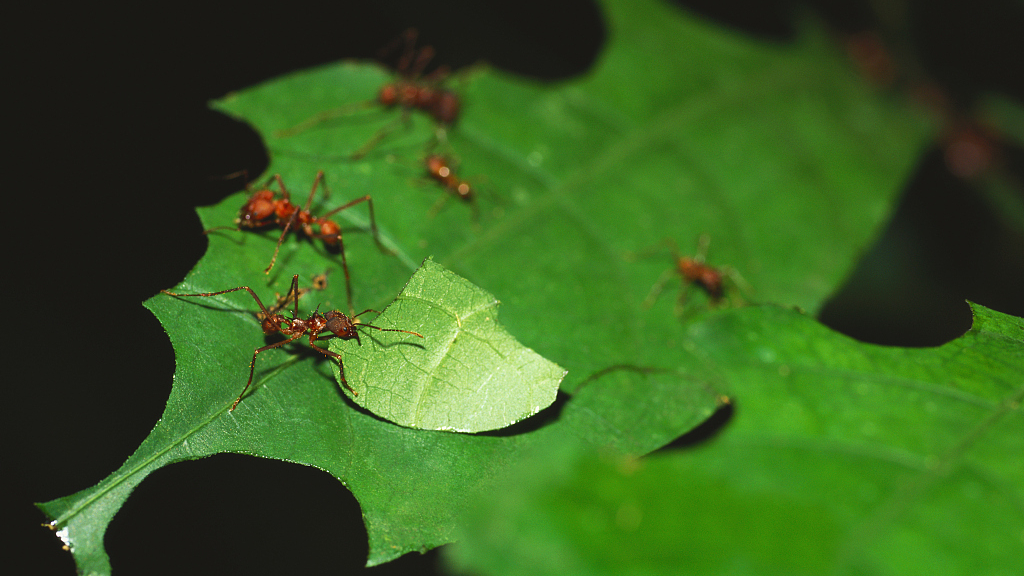
Actually, ants may be the real colonists of Amazon. Some scientists estimate that 30% of the animal biomass of the Amazon Basin is made up of ants, accoring to WWF. /VCG Photo
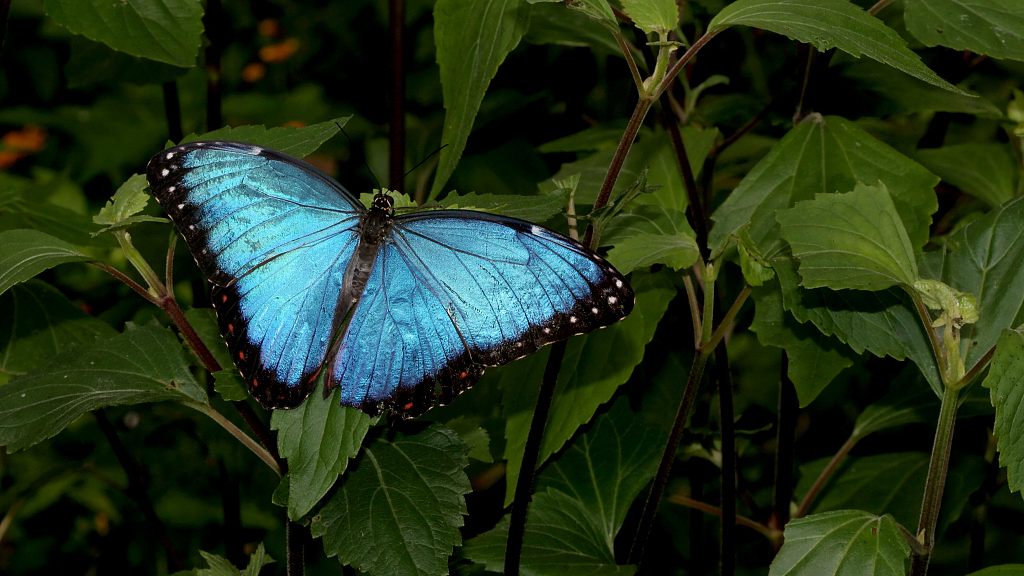
The morpho butterfly is one of the most beautiful creatures in the jungle with wide, brilliant and deep blue wings. They are common around streams and places that receive plenty of light, and they feed on a variety of plant species. /VCG Photo
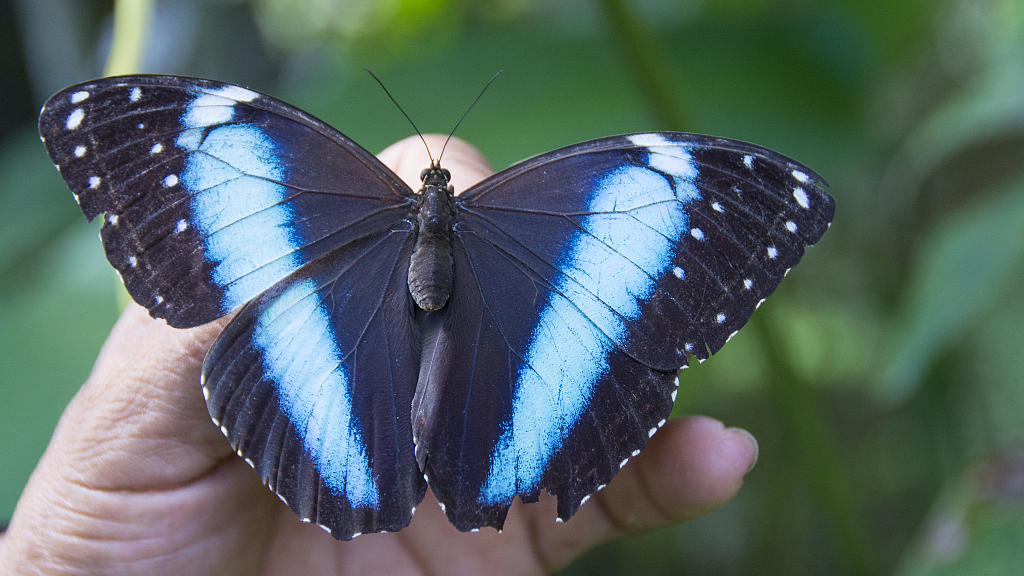
The blue morpho butterfly is extremely iridescent and can be viewed up to half a mile away. This property is actually due to microstructures within its wings, not pigments. /VCG Photo
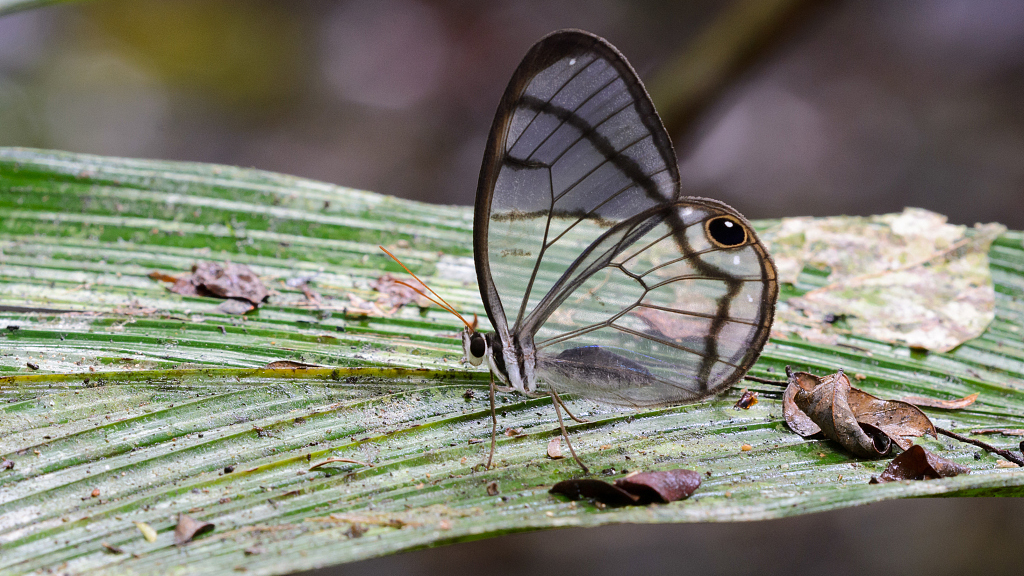
The wings of most butterflies are covered with tiny scales which provide their bright colors. The wings of clear-winged butterflies lack these scales, and therefore appear almost transparent. /VCG Photo
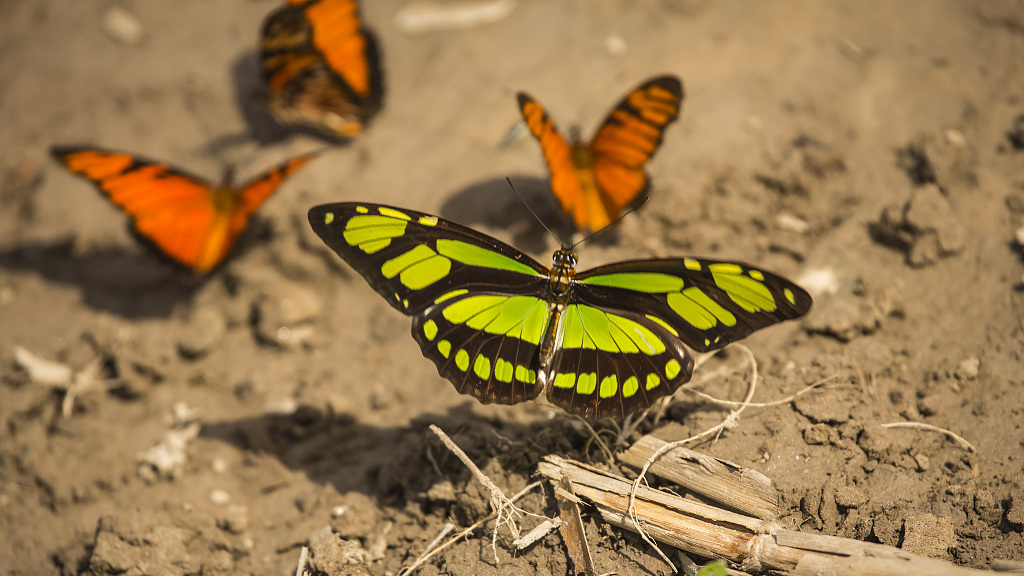
The Amazon Basin, particularly in Peru, harbors the highest levels of butterfly diversity on the planet. /VCG Photo
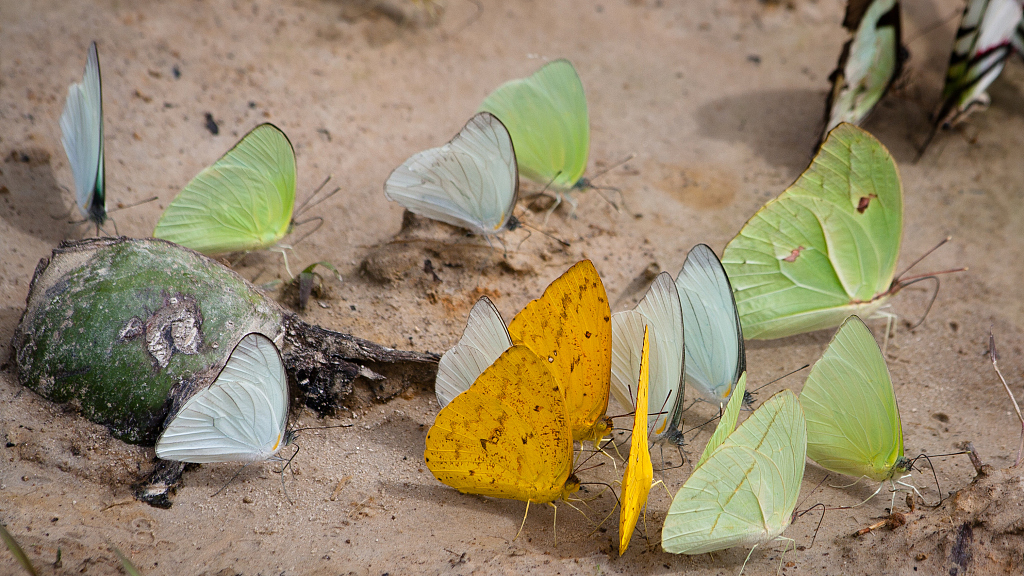
Nearly 7,000 species of butterflies have been identified in the Neotropics, half of which are known to be located in Peru. /VCG Photo
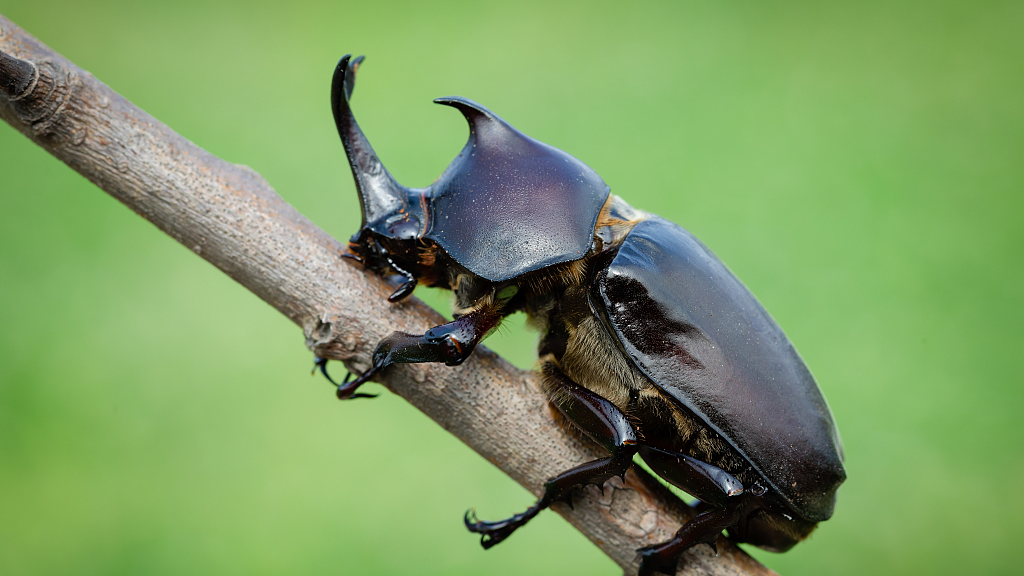
The rhinoceros beetle looks like a super mini rhino. Males are instantly recognized by a long, curved horn, and their hairy body. /VCG Photo
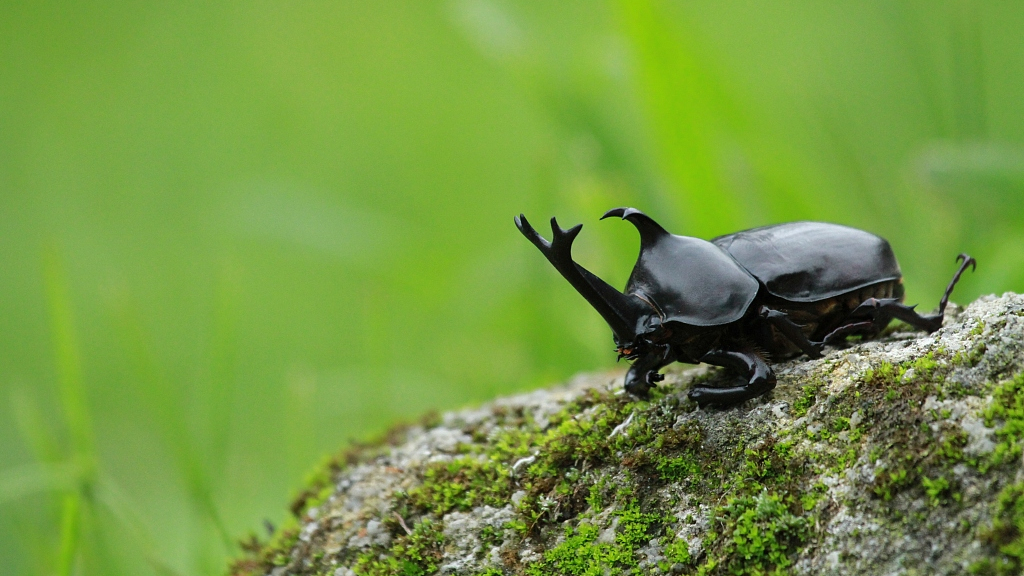
The horn of the rhino beetle is used to fight with other males. It is now considered a rare species, because of habitat loss. /VCG Photo
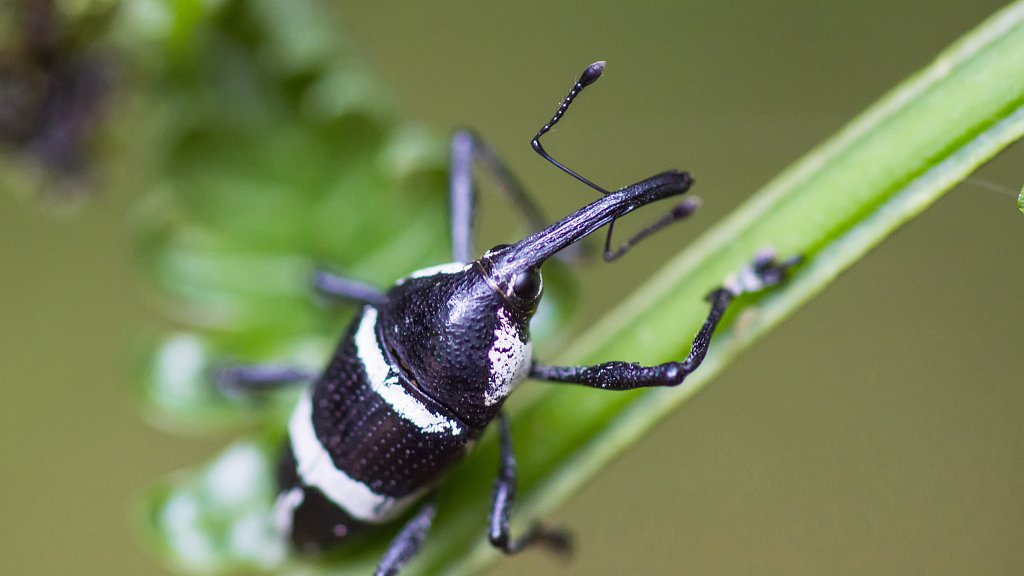
The longhorn beetle can have a body length (not including antennae) of over 16 cm. It belongs to a very big family: around 25% of the world's two million described animals species are beetles, according to Mongabay research. /VCG Photo

The termite is not a species of ants, though they look similar. They build conspicuous nests in the rainforest as well as in savannahs. /VCG Photo
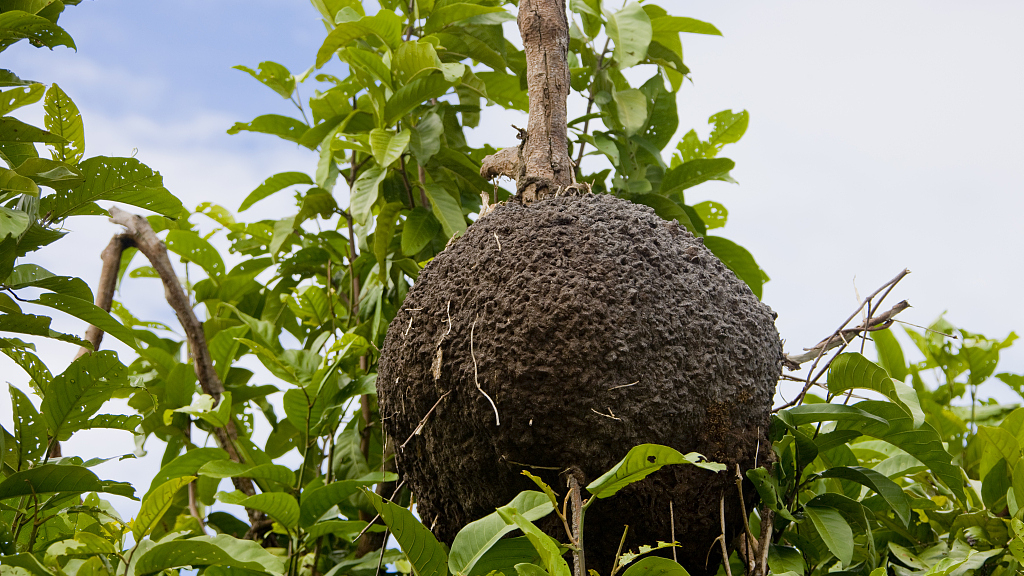
Termite nests are made of a material called "carton," which is a mix of digested wood and fecal matter. Their stomachs are adapted to processing wood. /VCG Photo
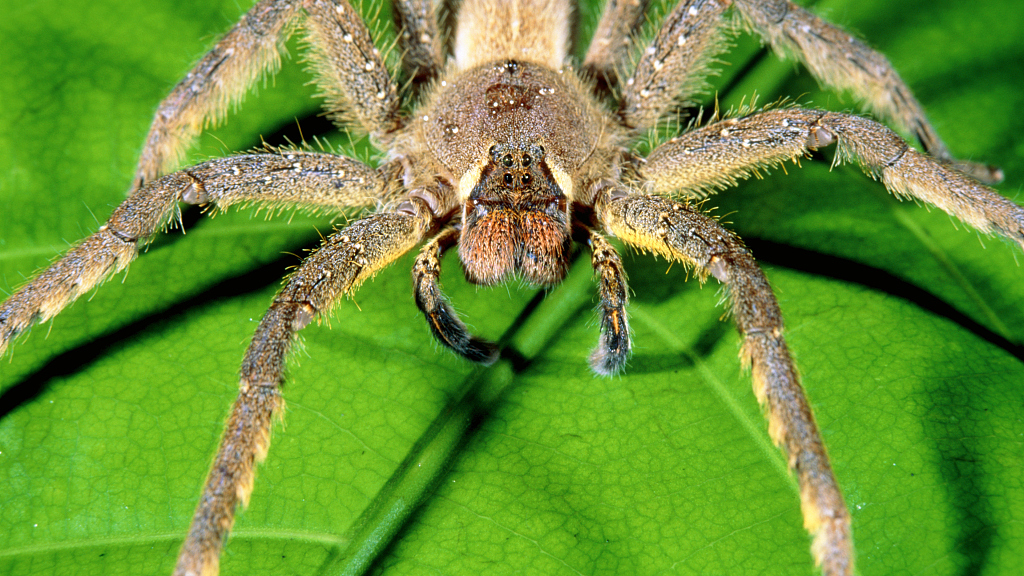
Tarantulas are the largest spiders in the world, and the Amazonian variety is the largest of them all. Anyone visiting the Amazon rainforest can be sure to spot them. In fact, it’d be hard not to. /VCG Photo
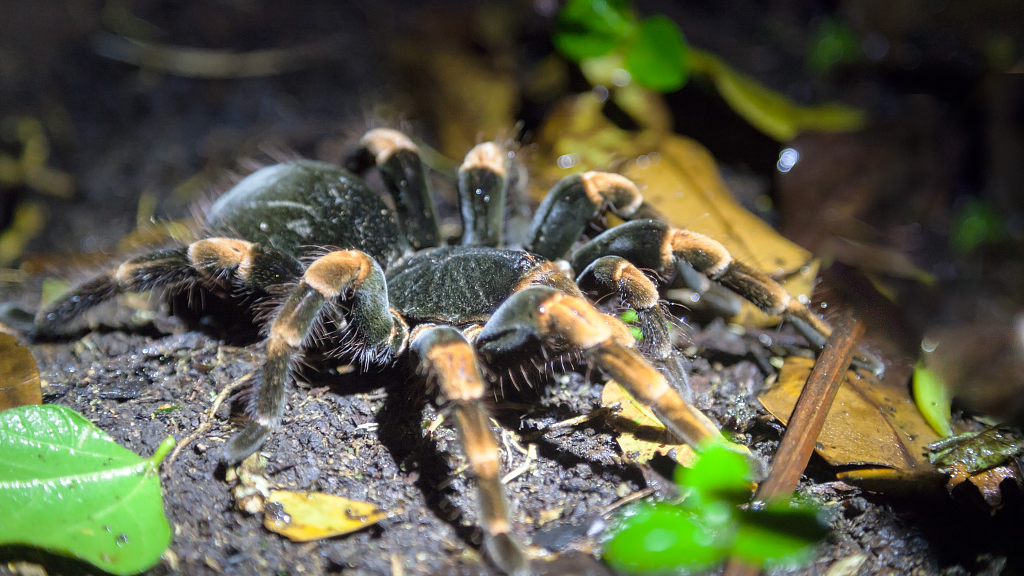
Some adults can measure up to 13 inches across! Don’t worry though, because despite being the largest spiders of the Amazon, their bites are not fatal. A bite from a tarantula will usually feel similar to a bee or wasp sting, and has no lasting effects. The hairs covering their body, however, can be extremely irritating to human flesh. /VCG Photo
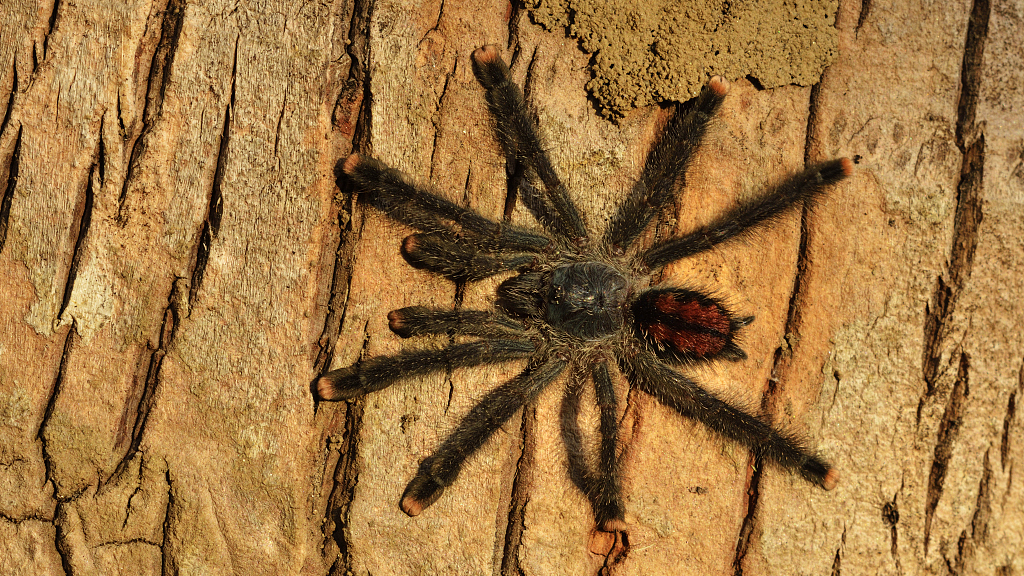
Tarantulas have inhabited the earth since the time of dinosaurs, and continue to reside in several parts of the world, often living up to 30 years. These giants live in burrows in the ground or high in treetop nests, but can often be spotted on the sides of trees during the day or night. /VCG Photo
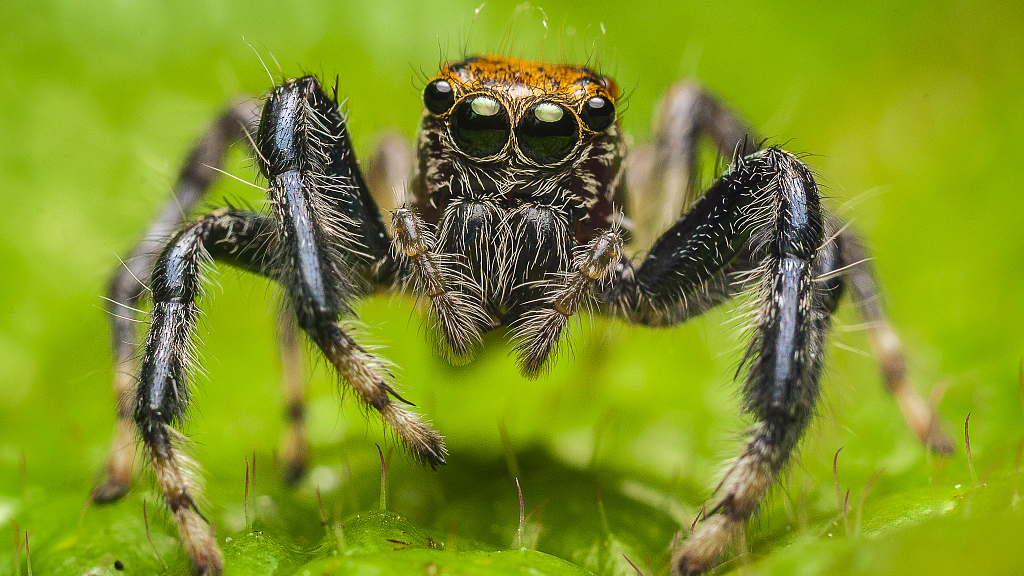
The creature looks like a cute robot from Wall E. It is another fascinating species of spiders in the Amazon, the jumping spider. They live in the rainforest canopy, and are known for leaping from tree to tree, using a safety line of excreted silk. /VCG Photo Over 500 known species of jumping spiders exist in the Amazon, luckily, they are harmless to humans. /VCG Photo

There are also dangerous spiders in the Amazon. The Brazilian wandering spider is highly aggressive and venomous. They are thought to be the most venomous spiders in the Amazon. An untreated bite can kill a human in as little as 25 minutes. /VCG Photo
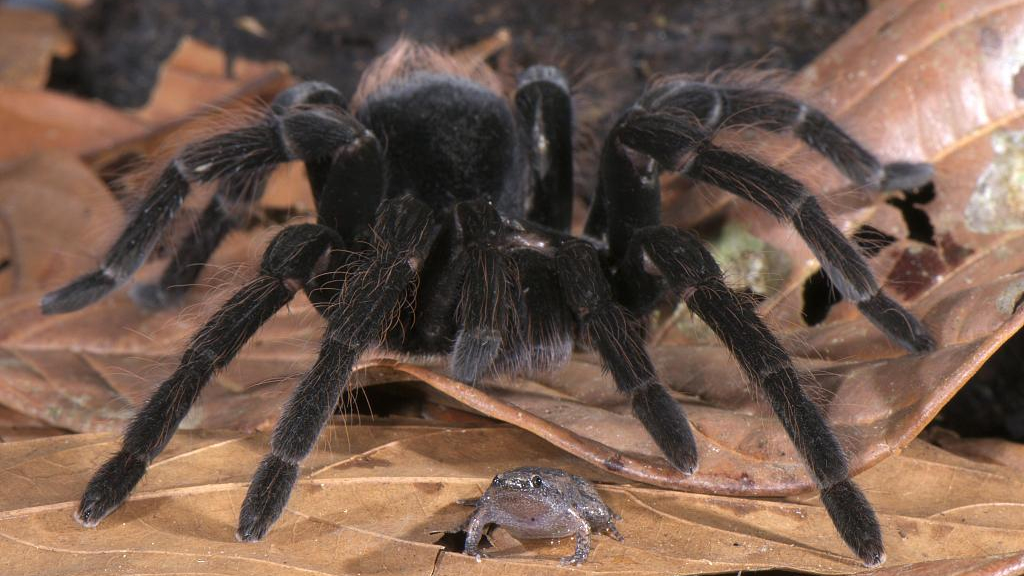
The bird-eating spider got its name when an early Amazon explorer witnessed one eating a hummingbird, although they more regularly eat insects, reptiles and bats. /VCG Photo
To discover more about Amazonian creatures, check here:
Exotic species in the Amazon rain forest – mammals
Exotic species in the Amazon rainforest – birds
Exotic species in the Amazon rainforest – reptiles
Exotic species in the Amazon rainforest – fishes
Exotic species in the Amazon rainforest – amphibians
(Cover image via VCG)
(If you want to contribute and have specific expertise, please contact us at nature@cgtn.com.)

Copyright © 2018 CGTN. Beijing ICP prepared NO.16065310-3
Copyright © 2018 CGTN. Beijing ICP prepared NO.16065310-3